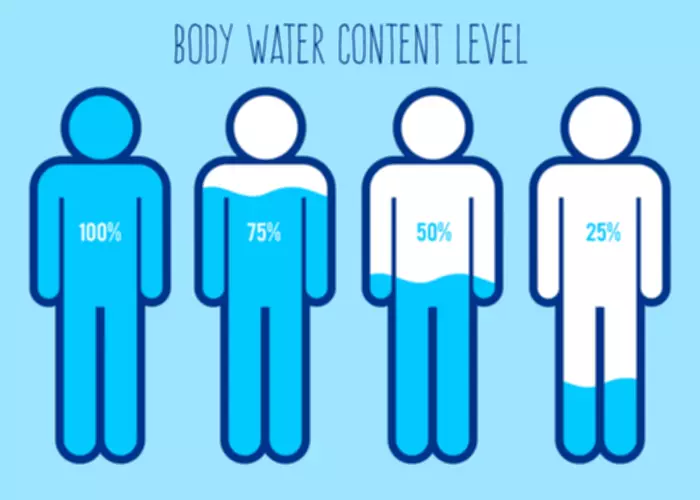Maintain an open line of communication with your kid, and use the tips and suggestions below as a framework for having a productive conversation. Vaping hasn’t been around long enough for us to know its long-term effects on the body. But health experts are reporting serious lung damage in people who vape, including some deaths.
Take time to practice.
“We want to teach the student that vaping has major health effects, and it can lead to addiction and potentially the use of other drugs in the future.” Instead of punishment, offer understanding and help to resist the dangerous lure of tobacco use and addiction. Tobacco companies are targeting young people with ads, price discounts which of the following is a type of indirect peer pressure? and enticing new products such as e-cigarettes designed to look like sleek gadgets. Many teens and young adults exposed to these efforts are highly impressionable and dealing with social pressures to “fit in” with peers. You can play a significant role in protecting your child from the dangers of vaping and nicotine dependence.

Underage Drinking and Teen Alcohol Use
According to Truth Initiative, youth and young adults are widely exposed to e-cigarette marketing and have a high awareness of e-cigarettes, which are the most popular tobacco products among youth. By 2016, nearly 4 out of 5 middle and high school students, or more than 20 million youth, saw at least one e-cigarette advertisement. Monitoring and supervision are critical in ensuring the well-being of children and protecting them from the negative influences of peer pressure. Parents should be aware of their children’s activities, both online and offline, and establish clear boundaries regarding vaping. By staying involved and informed, parents can identify any signs of their children’s involvement in vaping and take appropriate action. This may include regularly checking their children’s social media accounts, monitoring their internet usage, and maintaining open lines of communication with their children’s friends and their parents.
In secondhand vape, scientists smell risk
How to convince, scare or bribe your kids not to vape – CNN
How to convince, scare or bribe your kids not to vape.
Posted: Thu, 10 Oct 2019 07:00:00 GMT [source]
In the United States, e-cigarettes first hit the market in 2007, which was promoted among adults as a safer alternative to cigarette smoking. However, with the lax regulations of e-cigarette use had teens using the device, and becoming addicted to nicotine, which is one of the components of vapes. When asked to rate how much harm they thought came from using various nicotine products, those who used multiple products assigned less harmful ratings than those who used just one product. You may not be able to avoid all the things that remind you of vaping—especially if you vape during many different activities or frequently throughout the day. But knowing your triggers and having a plan will help you quit vaping for good. Create a quit plan to help you identify your triggers and choose strategies to stay in control as you quit vaping.
- Koval says this can be a jumping off point for a good conversation.
- By actively fulfilling their role in addressing vaping and peer pressure, parents can contribute to creating a safe and healthy environment for their children.
- The stress of prepping for a job interview, for example, could increase your desire to vape.
- Vapes are battery-operated devices that heat liquid with nicotine, marijuana, or flavorings.
- But there are ways to cope without the nicotine and kick the vaping habit.
- Dr. Popova says that changing social norms will be key to reducing teen vaping.
- Developing these skills not only helps individuals resist vaping peer pressure but also sets them up for a lifetime of healthy habits.
- Arm yourself with strategies to help prevent them from starting, or to guide them through quitting.
- By raising awareness about the potential risks and providing support and resources, we can help create a healthier and more informed generation.
- Try to anticipate how the conversation may go and come prepared to respond calmly to any situation.
- A good entry point to a conversation is to use an example from everyday life, like a billboard, advertisement, or news report on TV.
- Parents should be willing to seek professional help if they feel overwhelmed or if their child’s involvement in vaping becomes a serious concern.
“Research has shown that teenagers who smoke marijuana are at much greater risk of becoming addicted to it,” says Dr. Volkow. And, on some social media channels, teens can see peers and others, like social influencers and celebrities, vaping. TV and social media ads target teens with the appealing flavors and brightly colored packaging of vapes. For instance, vapes come in colors that match the fruity flavors they contain, such as blue for blueberry and green for mint. Instead, arm teens with information and let them make their own decisions, says Krishnan-Sarin.

1. Quantitative Online Survey
The study found that teens who set goals and have strong parental support are less likely to vape. Suggest that they try out team sports, learn an instrument, or join a local club that matches their interests. If they have existing hobbies, do what you can to support them. As your child focuses more on their hobbies and interests, they may feel less tempted to use vaping to manage negative emotions. Volunteer opportunities can also alleviate boredom, boost self-esteem, and help foster a sense of direction.
